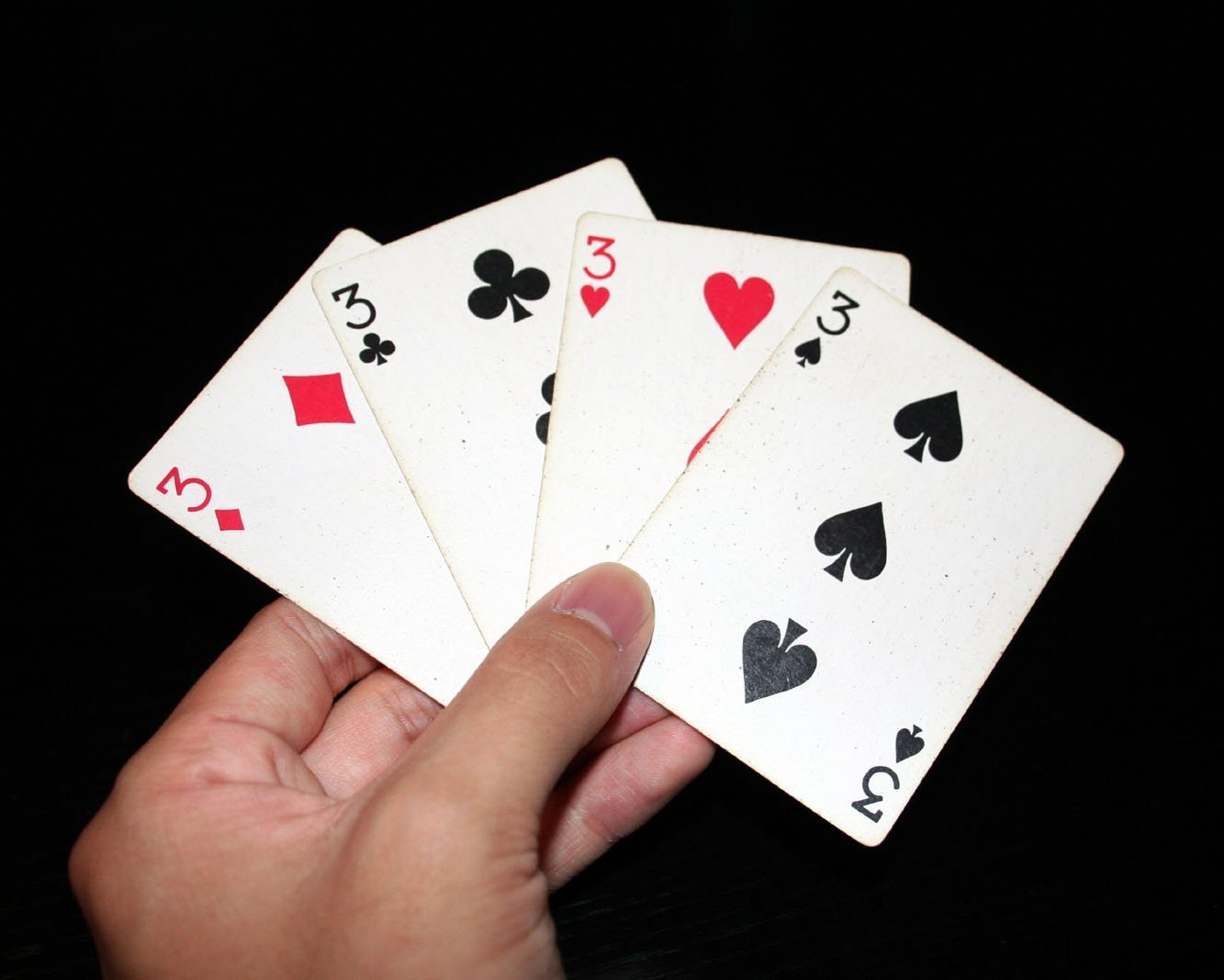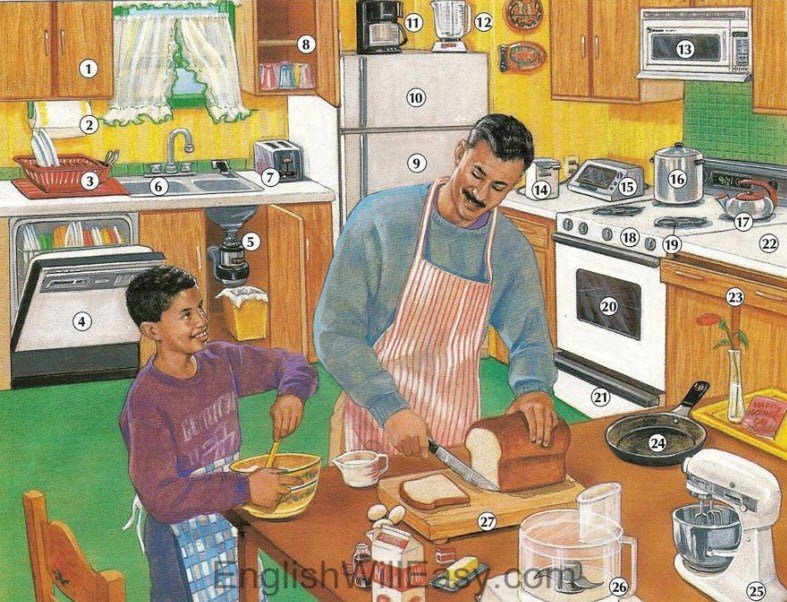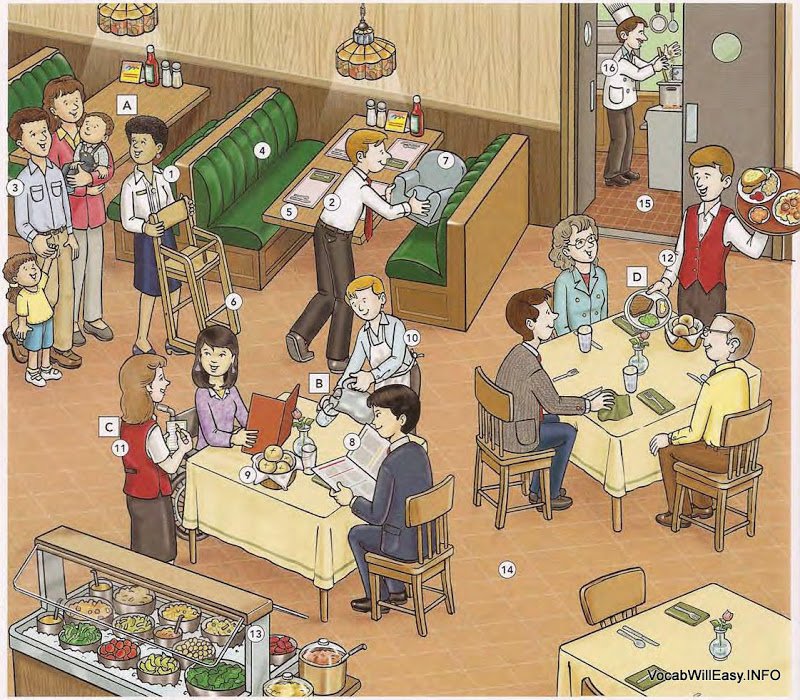Your language-teaching mission, should you choose to accept it, is to encourage your students to converse with a variety of speaking partners by using fun and unique partnering strategies.
Image source: https://sites.google.com/a/fpsct.org/iar-school-counseling/mix-it-up-day
I’ll often tell my students that they should ‘mix it up’ and find someone new to talk to. Sometimes they do, but most of the time they end up talking to the same people they always do. For me to admonish them would be hypocritical, as I too am guilty of this: I tend to sit in the same chair in the staff room, talking to the same people, every lunch time. Therefore, as the teacher, it’s my responsibility to give them opportunities and encouragement to meet and work with new people. However, there are more fun ways to do this than telling them to “find someone new” and hoping for the best!
Methods for Mixing Up Partners:
Clock Partners
This is great at the beginning of a semester when students are getting to know each other. Students are given a ‘clock’, and make appointments with another student. For beginner students I’ll have a script on the board that will be something like:
“Hi, my name is ________. Can I be your ____ o’clock clock partner?”
“Hi ________ , I’m _________. I’d be happy to be your ____ o’clock clock partner”
“Hi ________ , I’m _________. Unfortunately, I cannot be your ____ o’clock clock partner. How about ____ o’clock?”
Once everyone has their ‘appointments’ they keep the sheet in their binder. Then, when we have conversation prompts, I’ll tell students to find their _____ o’clock partner. When I’m particularly on the ball, I’ll keep track of which ‘times’ I’ve already called so that they visit with everyone prior to repeating the time. Two problems I’ve had with this are a) if a student is away, (but you can easily toss them into a group of three), or b) you have less than 24 students in the class, (which you can remedy by having certain ‘times’ blocked off).
RESOURCE: Clock Partners sheet (French)
RESOURCE: Link to the many, many clock partners sheets to choose from (English)
Find someone who
Give an arbitrary criterion so that students can reasonably find someone who fits. For example, “find someone who has the same color shirt as you” or “find someone who also does or does not have glasses”. You can use less obvious physical cues that force students to chat, like “find someone who has the same pet as you” or “find someone who has a similar hobby to yours”.
Take a card (any card!)*
All you need is a deck of cards. Have as many cards as students, and hand them out randomly. Then say “find the person with the same number card”. This one is great because if you want to start with a group of two, and then transition to a group of four, you can start with “find the person with the same number and color card as you” (ex. the six of diamonds and six of hearts are now partners) and then “find the group with the same number but different color as you and your partner and make a group of four” (ex. the six of diamonds and six of hearts are now also partners with the six of spades and six of clubs). I had some comically large playing cards that were a hit and less likely to get lost.
Take a postcard (any postcard!)*
I bet if you ask around, there’s people with postcards they’ve never sent (I certainly have great intentions and poor follow-through for postcards when on vacation). Take the postcards (or really any image) and chop them in half. Randomly distribute the half-cards to students and then they need to ‘match’ up with their new partner. If you have an old game of ‘memory’ for kids, that would be even easier.
Vocabulary Partners*
This is a way to review vocabulary and find a partner (mwahahahaha!) Half the students are given a word in the target language. The other half are given either a picture that matches one of the vocab words or a matching vocab word in the L1 (If you’re interested, I have a blog post about how vocab learning is one of the times using students’ L1 in the classroom is beneficial). They must find the person who is their match, and that person is their partner. You can also do this as an introduction to new vocabulary, which takes considerably longer, but it’s interesting to see students using inferences to guess the meaning of the word and helping pair each other up.
Walk ‘til the Music Stops
Students wander around the room while the music is playing. When the music stops, whoever is closest to them is their partner. In some classes the students clump together to guarantee they’ll end up with their friends, which means I don’t do this with them again. However, some classes love the chance to get up and walk (and dance around!), so participate in the way it was intended in order to keep doing it.
Handshakes
This one is good for the beginning of the year and it is definitely a pre-Covid activity (but hopefully we’ll be back to this kind of interaction again!) Instruct students to find someone, introduce themselves and shake that person’s hand. Then, find someone new and shake their hand. Then find someone new and shake their hand. By the fifth time they’ll have started branching out to new people, which is when you say “okay, the person’s hand that you just shook is your partner”. I like to switch it up by having a different ‘hello’ task each time, so I’ll use a variety of:
Image source: https://www.mashupmath.com/blog/handshake-math-challenge?rq=handshake
Shake the person’s hand
Fist bump
High-five
Low-five
Elbow tap
Bow
Train-handshake (I usually need to demonstrate this one, but you grab the other person’s elbow and saw your arms back and forth saying “choo choo!”. This gets a lot of laughs, and is usually where I stop and say “this person is your partner”)
This is also an opportunity to talk about cultural mores around greetings. For example, in France it is very common to do La Bise (cheek kisses) when seeing someone, even for the first time! Depending on which region you are in, you start on the right or the left, and give either one, two, three, four, or even five, kisses. (The English comedian Paul Taylor has a hilarious video about this, though there is some swearing.) I don’t feel comfortable asking my students to se boujouter (as they say in Normandy), as culturally in North America, this is not a common greeting for people who are not already pretty intimate. However, it does spark some interesting conversation!
* If you have the time and energy (or, have an eager student volunteer) you can tape the cards or a slip of paper with a vocab word under their chairs or desks. There’s something magical about being told “check under your seat!” and grabbing something!
How do you pair students up to make sure they’re talking with new people? Feel free to share in the comments!





























